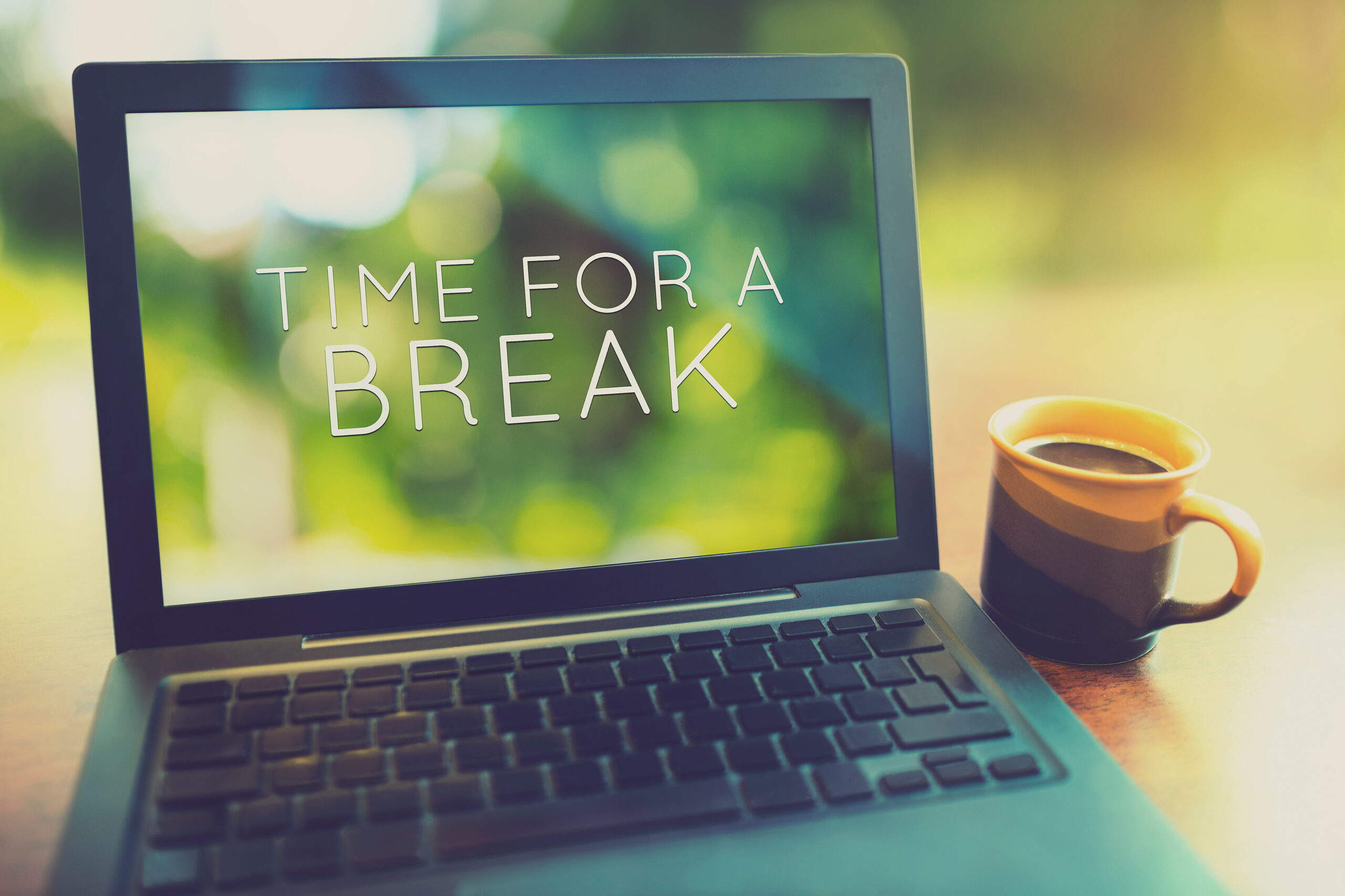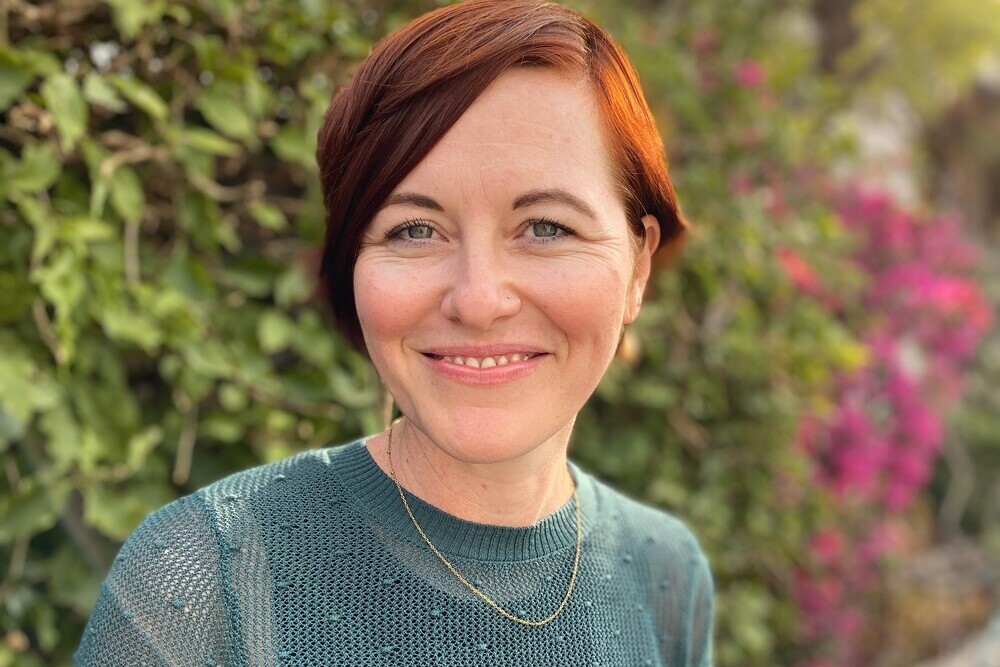As occupational and business psychologists, we are seeing first-hand the rising psychological toll of modern work. According to MHFA England (2024), 63% of UK employees are now showing signs of burnout, a steep rise from 51% just two years ago.
This trend is in part fuelled by longer hours, blurred boundaries (especially in hybrid work), and a shrinking sense of true “off” time. It’s not just about tiredness—it’s about depletion of the mental, emotional, and physical resources people need to perform and stay well. This was further evidenced by a recent project Affinity Health at Work conducted with the NHS, which identified that a lack of meaningful breaks and recovery was contributing to high absence rates and poor wellbeing.
What do we mean by Recovery?
Recovery is not merely absence from work; it is the active process through which psychological and physiological systems return to baseline after strain.
The Effort-Recovery Model explains this well: When job demands persist without a break, strain accumulates. Without the chance to switch off, the pressure can convert into chronic exhaustion and burnout. Over time, this affects performance, decision-making, health, and retention.
Research (such as Lyubykh et al, 2022) shows that recovery:
- Boosts wellbeing: Recovery sustains wellbeing, improves mood, reduces emotional exhaustion, and protects against depression.
- Drives job satisfaction & engagement: Employees who can switch off during a break and after work are more engaged and proactive.
- Improves performance: Even short 10-minute breaks can increase cognitive functioning, energy, focus, performance and effectiveness.
At this time of the year while the summer holidays are in full swing, the importance of detachment from work is front of mind. Recent research by Grant et al (2025) explores the length of impact of a holiday on wellbeing, finding, for example, that if we go on an active holiday, the impact on our wellbeing lasts longer than if we lie by the pool.
For the longer-term systemic protection of wellbeing however, we need an organisational culture that encourages and supports recovery on a day-to-day basis, not just during the summer holidays, but through regular breaks and opportunities to detach from work. Creating a culture where wellbeing and recovery is prioritised includes designing rotas, workflows, and systems that allow employees to take meaningful, restorative breaks during the day; as well as role modelling and enabling self-care as leaders. In our project with the NHS, this looked like creating a bespoke tool kit to improve the communication and culture around break-taking – a practical step tailored to the specific need of the organisation.
A case study example: Co-design of a ‘Good Breaks’ programme in an NHS Trust
At Affinity we worked with a large NHS Trust to help the organisation better understand what was driving retention, stress, and burnout. One of the key findings from our research was that staff were not taking breaks consistently or meaningfully—especially those in frontline and high-pressure roles. This was contributing to emotional exhaustion, lower engagement, and increased absence.
Affinity partnered with the Trust using a co-design approach—involving staff directly in shaping solutions. A cross-functional ‘Good Breaks’ working group was formed, representing varied departments and job types.
Together, we developed a comprehensive, evidence-based toolkit to improve break-taking behaviour and culture. This included:
- Customised resources for different levels in the organisation; Individuals, Groups, Leaders, the Organisation, and the Outside (using the IGLOO model)
- Available online, webinars, checklists, conversation guides, team presentations and posters promoting the importance of breaks
- Targeted interventions for roles with unique demands (e.g., for emergency call centre staff)
- Inclusive design, acknowledging different break needs (e.g., for night shift, office based, clinical staff, remote work)
Identifying an issue with recovery and detachment in your organisation
Recognising there is an issue, where your employees are struggling to detach, take a break and recover from work, is the first step to creating a positive change. There are a number of factors that could indicate a lack of opportunity to detach form work is negatively impacting your organisation. Listening to staff regularly and inviting feedback through open conversations and line management feedback, wider listening sessions and opinion surveys can allow you to spot any issue early and will allow you to take the steps needed to enable good recovery in your teams. Indicators in organisational data can be low retention rates, high or increasing absence rates, high or increasing levels of burnout.
What organisations can do: 6 recovery-supportive practices
Organisations have a powerful role in creating the cultural change needed to support recovery for their employees. Here are six evidence-backed actions:
- Model Detachment: Leaders should set an example by taking and respecting breaks, including practices such as not emailing out of hours.
- Design Flexibly: Give employees autonomy over how they work, where operationally possible to enable them to recover at a time that works for them.
- Manage Job Demands for Sustainability: Ensure job demands are appropriate and sustainable, with regular recovery periods built in, for instance setting meeting times for 50 minutes rather than 1 hour to allow for breaks.
- Enable Micro-Breaks: Encourage short, restorative pauses in the day – even 5 – 10 minutes can be useful.
- Invest in Support and Resources: Understanding the issue and recognising the solution will be bespoke to your organisation, is key. Partnering with an external partner such as Affinity Health at Work can support the development of effective and relevant solutions for leaders, managers and employees in your organisation.
- Create Recovery Spaces: Provide quiet zones, green spaces, or social areas to aid daily detachment and ensure employees know where to find these.
What individuals can do: A practical model to support embedding Detachment and Recovery into everyday working culture
Although organisational support is essential, individuals can also take steps to support their own wellbeing and recovery. That’s where the DRAMMA model can help. It outlines six key psychological mechanisms that support recovery:
| Element | Recovery Mechanism | Practical Examples |
| Detachment | Mentally switching off from work | For instance communicating boundaries around use of emails out of work; employing transition rituals like a walk home or changing clothes after work |
| Relaxation | Low-effort, calming activities | For instance spending time in nature, walking the dog, listening to music, reading, deep breathing |
| Autonomy | Freedom to choose how time is spent | For instance being able to say no to non-essential tasks or ‘shoulds’; pursuing preferred hobbies |
| Mastery | Building skills or confidence | Learning something new; undertaking creative projects; and setting small goals |
| Meaning | Engaging with values or purpose | Tapping into your values in your leisure time, volunteering; journaling; doing work that matters |
| Affiliation | Connecting with others | Time with friends and family; workplace social support; shared breaks |
Final Thoughts: Create an environment that boosts engagement, wellbeing and retention
Rest and Recovery is not a luxury. It’s a biological and psychological necessity. Without it, even the most capable individuals, teams and leaders will burn out. Rest and recovery needs to be built into the design of a workplace to support people to contribute more sustainably.
Embedding recovery by collaborating to co-design interventions and using tools such as the DRAMMA model can support leaders to create an organisational culture and environment that boosts engagement, wellbeing and retention.
About the author:

Marleen Reinke works as a Senior Consultant at Affinity Health at Work, a multi-award-winning consultancy and research organisation, specialising in evidence-based wellbeing at work. Founded in 2006, Affinity’s mission is to improve the working lives of all.
Marleen is a registered psychologist, with 20 years of experience in organisational/employee engagement research and workplace strategy coaching and specialises in collaborative approaches to improve workplace wellbeing.
References:
Key workplace mental health statistics for 2024 [Internet]. MHFA England. 2024. Available from: https://mhfaengland.org/mhfa-centre/blog/Key-workplace-mental-health-statistics-for-2024/?utm_source=chatgpt.com
Albulescu P, Macsinga I, Rusu A, Sulea C, Bodnaru A, Tulbure BT. “Give Me a break!” a Systematic Review and meta-analysis on the Efficacy of micro-breaks for Increasing well-being and Performance. Steinborn MB, editor. PLOS ONE [Internet]. 2022 Aug 31;17(8). Available from: https://pmc.ncbi.nlm.nih.gov/articles/PMC9432722/
Bakker,A. & Demerouti,E. (2017). Job Demands–Resources Theory: Taking Stock and Looking Forward. Journal of Occupational Health Psychology, Vol. 22, No. 3, p. 273–285.
Baktash MB, Pütz L. Detach to Thrive: Psychological Detachment from Work and Employee Well-Being. Journal of Happiness Studies. 2025 Mar 29;26(4).
Baverstock, A., Stewart, L., & White, C. (2020). How do we encourage a change of behaviour around colleagues taking breaks?. BMJ Open Quality, 9(2)
Berman, E. M., & West, J. P. (2007). The effective manager… takes a break. Review of Public Personnel Administration, 27(4), 380-400.
Blake H, Hassard J, Thomson L, Choo WH, Teixiera Dulal-Arthur, Karanika-Murray M, et al. Psychological detachment from work predicts mental wellbeing of working-age adults: Findings from the “Wellbeing of the Workforce” (WoW) prospective longitudinal cohort study. PLoS ONE. 2025 Jan 14;20(1):e0312673–3
Boucsein, W., & Thum, M. (1997). Design of work/rest schedules for computer work based on psychophysiological recovery measures. International Journal of Industrial Ergonomics, 20(1), 51-57.)
Makayla Cordoza, Roger S. Ulrich, Bette J. Manulik, Stuart K. Gardiner, Paul S. Fitzpatrick, Teresia M. Hazen, Alar Mirka, R. Serene Perkins (2018). Impact of Nurses Taking Daily Work Breaks in a Hospital Garden on Burnout. American Journal of Critical Care 1; 27 (6): 508–512.
Fritz, C., Ellis, A. M., Demsky, C. A., Lin, B. C., & Guros, F. (2013). Embracing work breaks. Organizational Dynamics, 42(4), 274-280.
Grant, R. S., Buchanan, B. E., & Shockley, K. M. (2025). I need a vacation: A meta-analysis of vacation and employee well-being. Journal of Applied Psychology. Advance online publication. https://doi.org/10.1037/apl0001262
Kinman, G., Dovey, A., Teoh, K. (2023). Burnout in healthcare: risk factors and solutions. SOM
Lyubykh, Z., Gulseren, D., Premji, Z., Wingate, T. G., Deng, C., Bélanger, L. J., & Nick, N. (2022). Role of work breaks in well-being and performance: A systematic review and future research agenda. Journal of Occupational Health Psychology.
Sonnentag S, Binnewies C, Mojza EJ. Staying well and engaged when demands are high: The role of psychological detachment. Journal of Applied Psychology. 2010;95(5):965–76.
Newbold, J.W., Rudnicka, A., Cook,D., Cecchinato, M.E., Gould, S.J.J.& Cox, A.L. (2022) The new normals of work: a framework for understanding responses to disruptions created by new futures of work, Human–Computer Interaction, 37:6, 508-531
Yarker et al. (2022). Meta-synthesis of qualitative research on the barriers and facilitators to implementing workplace mental health interventions. SSM-Mental Health, 100148.
Karina Nielsen, Joanna Yarker, Fehmidah Munir & Ute Bültmann (2018) IGLOO: An integrated framework for sustainable return to work in workers with common mental disorders, Work & Stress, 32:4, 400-417
You might also like:











